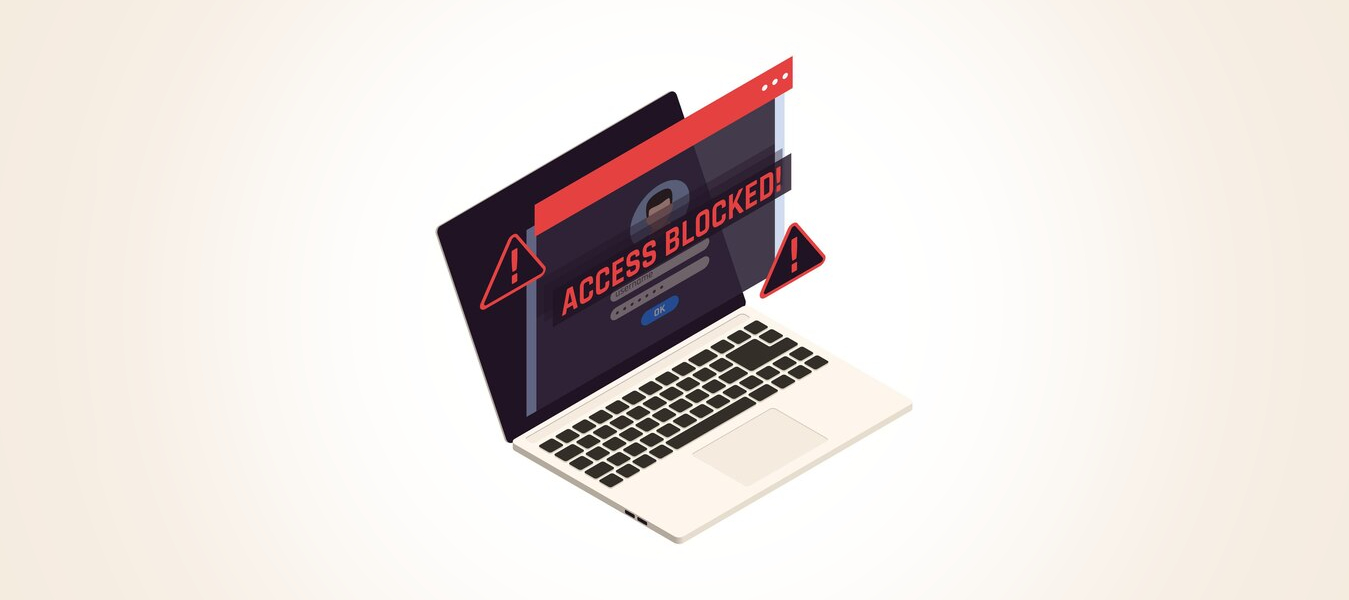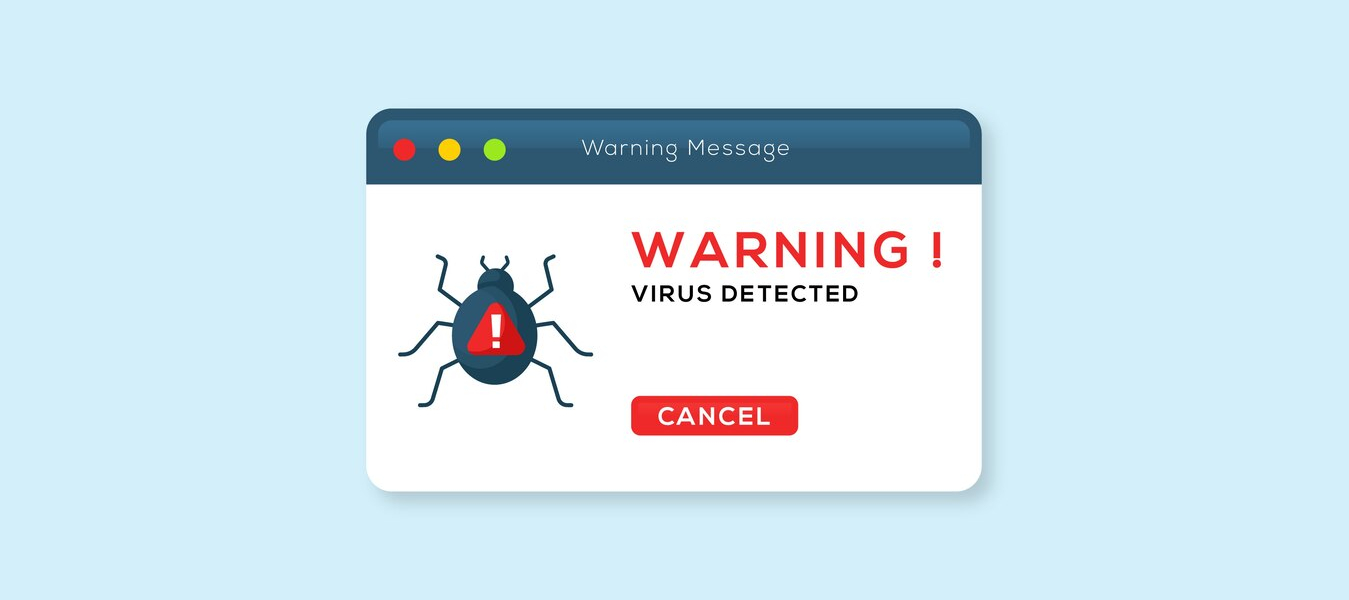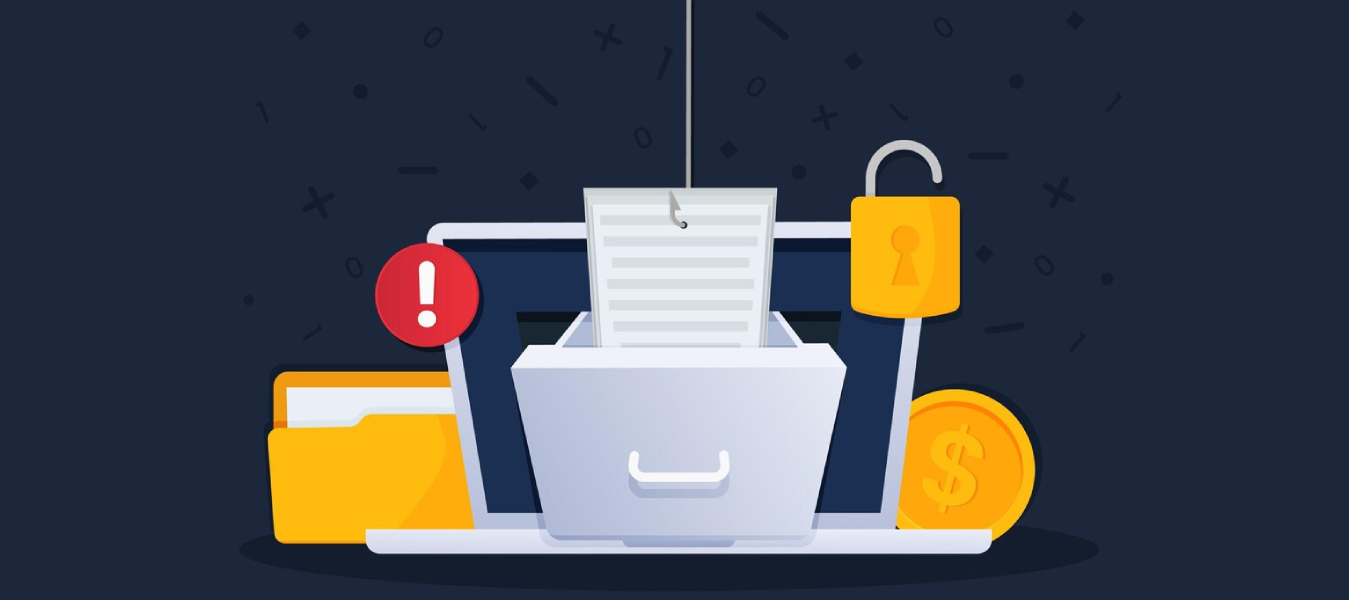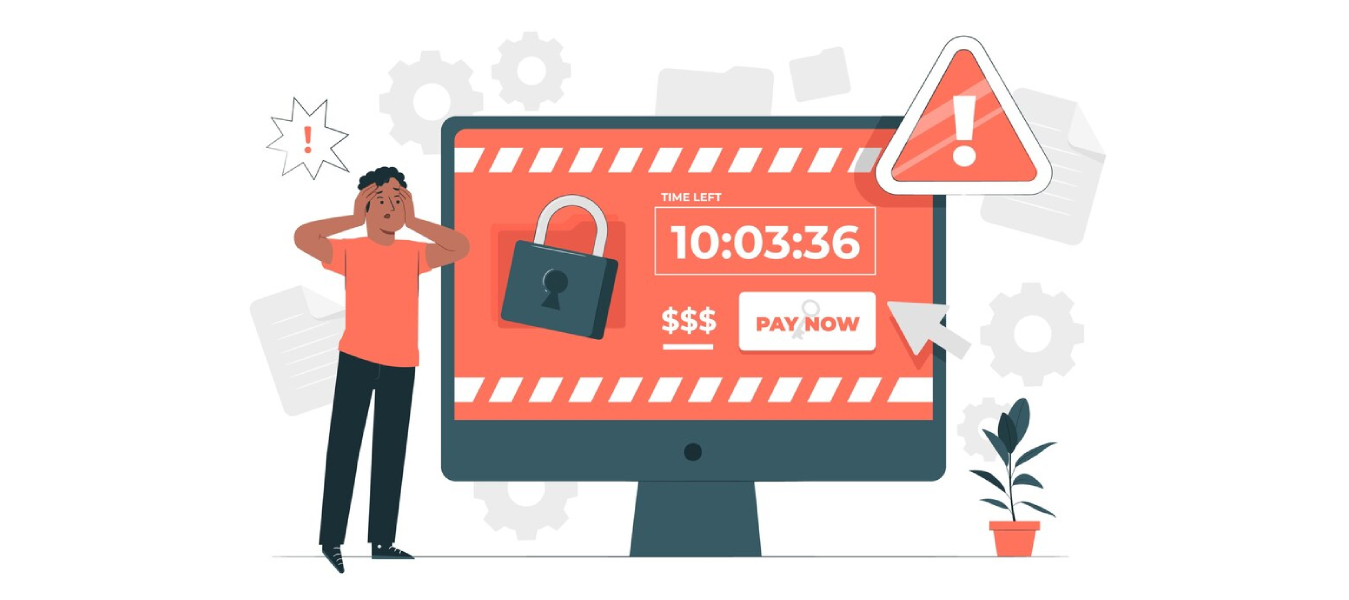
Phishing
What is Phishing?
Phishing is a cyberattack technique in which malicious actors attempt to deceive individuals into divulging sensitive information or performing actions that may compromise their security. Phishing attacks are typically carried out through fraudulent communications, such as emails, messages, or websites, that appear to be from trustworthy sources.
Common Phishing Tactics
Phishing attacks can take various forms, including:
- Email Phishing: Fraudulent emails designed to trick recipients into revealing personal information or clicking malicious links.
- Spear Phishing: Targeted phishing attacks directed at specific individuals or organizations, often using personal information to appear more convincing.
- Vishing (Voice Phishing): Phishers use phone calls to manipulate victims into revealing sensitive information.
- Smishing (SMS Phishing): Phishing via text messages, often containing malicious links or requesting sensitive information.
Targets of Phishing Attacks
Phishing targets may include:
- Individuals (for personal information or credentials)
- Employees of businesses (for corporate data or credentials)
- Government agencies and institutions
- Financial institutions and their customers
- Healthcare organizations and patients
- Social media users
How Phishing Works
Phases of a Phishing Attack
Phishing attacks typically involve the following phases:
- Planning: The attacker selects a target and gathers information.
- Message Creation: The attacker crafts a convincing message or lure.
- Delivery: The phishing message is sent to the target.
- Deception: The victim is manipulated into taking the desired action.
- Data Acquisition: The attacker obtains sensitive information or access.
Techniques Used by Phishers
Phishers employ various techniques to deceive victims, including:
- Spoofed Websites: Creating fake websites that mimic legitimate ones.
- Email Spoofing: Forging sender addresses to appear trustworthy.
- Social Engineering: Manipulating emotions or trust to deceive victims.
- Malware Delivery: Attaching malicious files or links in phishing emails.
- Pretexting: Creating a fabricated scenario to request information.
Preventing Phishing
Best Practices for Individuals
Individuals can protect themselves from phishing by:
- Being cautious about email and message content.
- Verifying the authenticity of websites and sender email addresses.
- Never clicking on suspicious links or downloading unexpected attachments.
- Using strong, unique passwords and enabling two-factor authentication.
- Educating themselves about phishing techniques and common red flags.
- Reporting phishing attempts to the appropriate authorities or organizations.
Best Practices for Businesses
Organizations can enhance their cybersecurity by:
- Implementing email filtering and content scanning to detect phishing attempts.
- Providing cybersecurity training for employees to recognize and report phishing.
- Conducting regular security audits and vulnerability assessments.
- Implementing access controls and least privilege principles.
- Developing an incident response plan for phishing attacks.
- Employing domain-based message authentication (DMARC) to prevent email spoofing.

